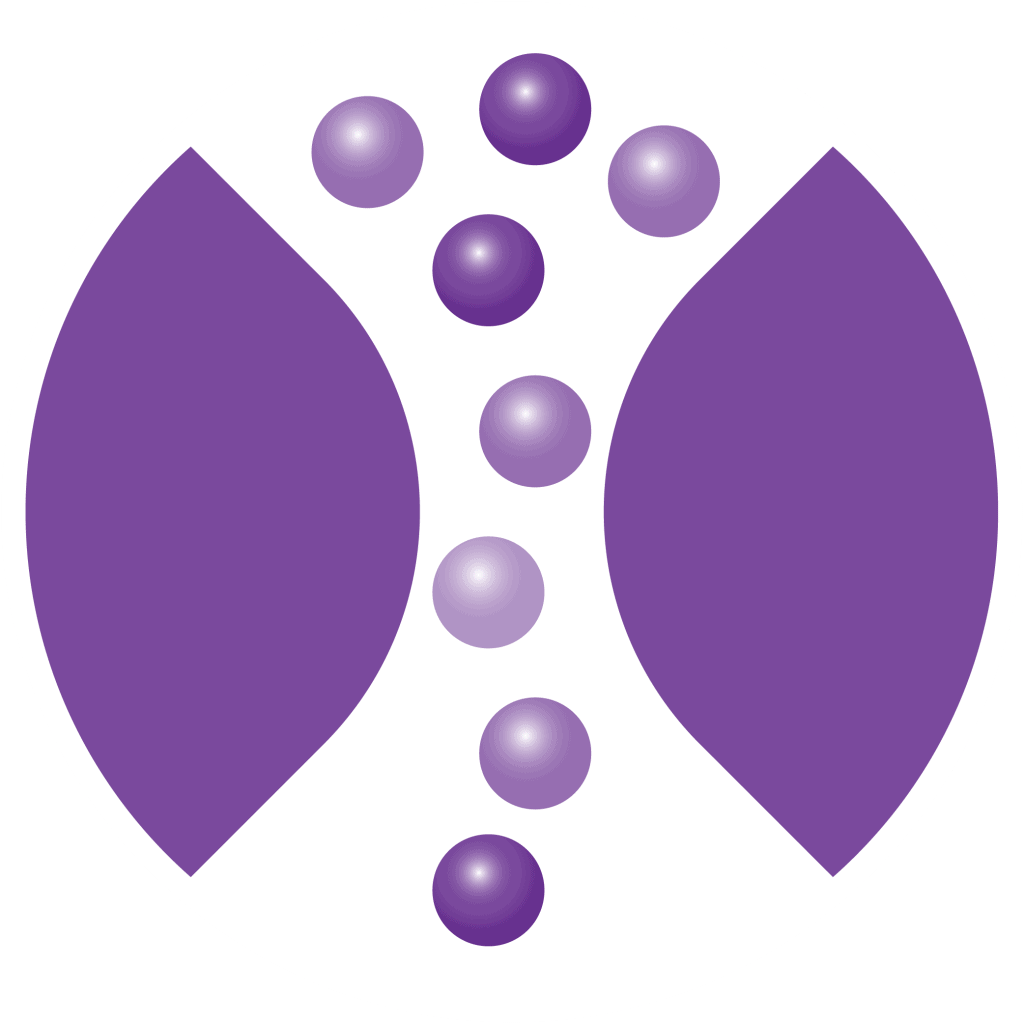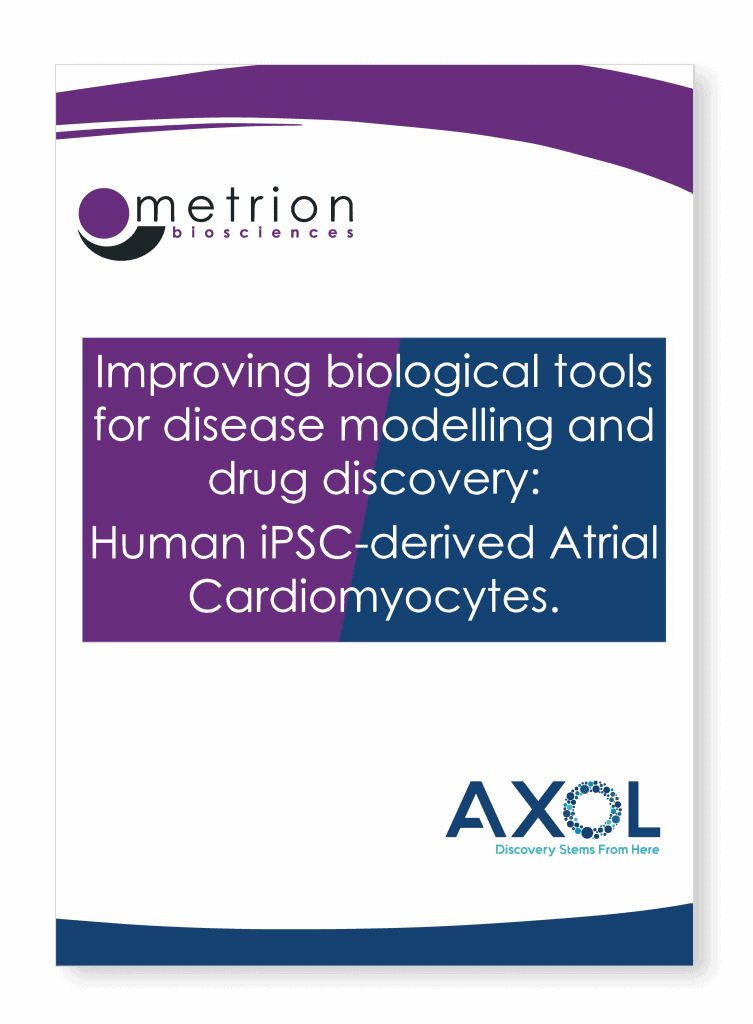Improving biological tools for disease modelling and drug discovery: Human iPSC-derived Atrial Cardiomyocytes
White paper
White paper title
Improving biological tools for disease modelling and drug discovery: Human iPSC-derived Atrial Cardiomyocytes
Summary
Our exclusive White paper, “Improving biological tools for disease modelling and drug discovery: Human iPSC-derived Atrial Cardiomyocytes” is available to download here. This collaboration with Axol Bioscience enabled us to validate human iPSC-derived atrial cardiomyocytes as a model system for improving atrial fibrillation drug discovery and disease modelling.
Please contact us if you would like any further information regarding our iPSC derived cardiomyocyte characterisation services.
Extract
Introduction
The rapid development of induced pluripotent stem cell-derived cells (iPSC) is set to revolutionise modern drug discovery through the increased utilisation of these human cell reagents in target validation studies, predictive screening assays and other translational phenotypic applications. There remains a challenging gap as new drugs are progressed from traditional in vitro screening assays to preclinical ex vivo and in vivo animal models and eventually into human clinical trials. This lack of human translation applies to both drug discovery and safety pharmacology testing. Axol Bioscience is a leading provider of iPSC-derived cells and reagents designed and validated to deliver more powerful and reliable translational data during the drug discovery process. These tools offer the potential to create more predictive and cost-effective ‘disease-in-a-dish’ and safety pharmacology ‘clinical trial-in-a-dish’ applications for academic, biotech and pharmaceutical company clients.
Here we summarise our latest development in cell models, human iPSC-derived atrial cardiomyocytes. Atrial fibrillation is the most common arrhythmia observed in the clinic and accounts for up to 30% of strokes, affecting 6 million patients in Europe and increasing in occurrence up to 25% or more with age, leading to significant morbidity and mortality (Hancox et al., 2016). The irregular heartbeat and disturbed electrical activity of patients with atrial fibrillation, is commonly treated by surgical interventions such as pacemakers or ablation of diseased tissue, or treatment with non-selective class IC (Nav and Ill (Kv ion channel antiarrhythmic drugs which can have serious side-effects (Burashnikov & Antzelevitch, 2010). Thus, new approaches to treat atrial fibrillation are required.
Other recommended publications
White papers
Application notes


Let’s work together
What are your specific ion channel and assay needs?
If you have any questions or would like to discuss your specific assay requirements, we will put you directly in touch with a member of our scientific team. Contact us today to discover more.

